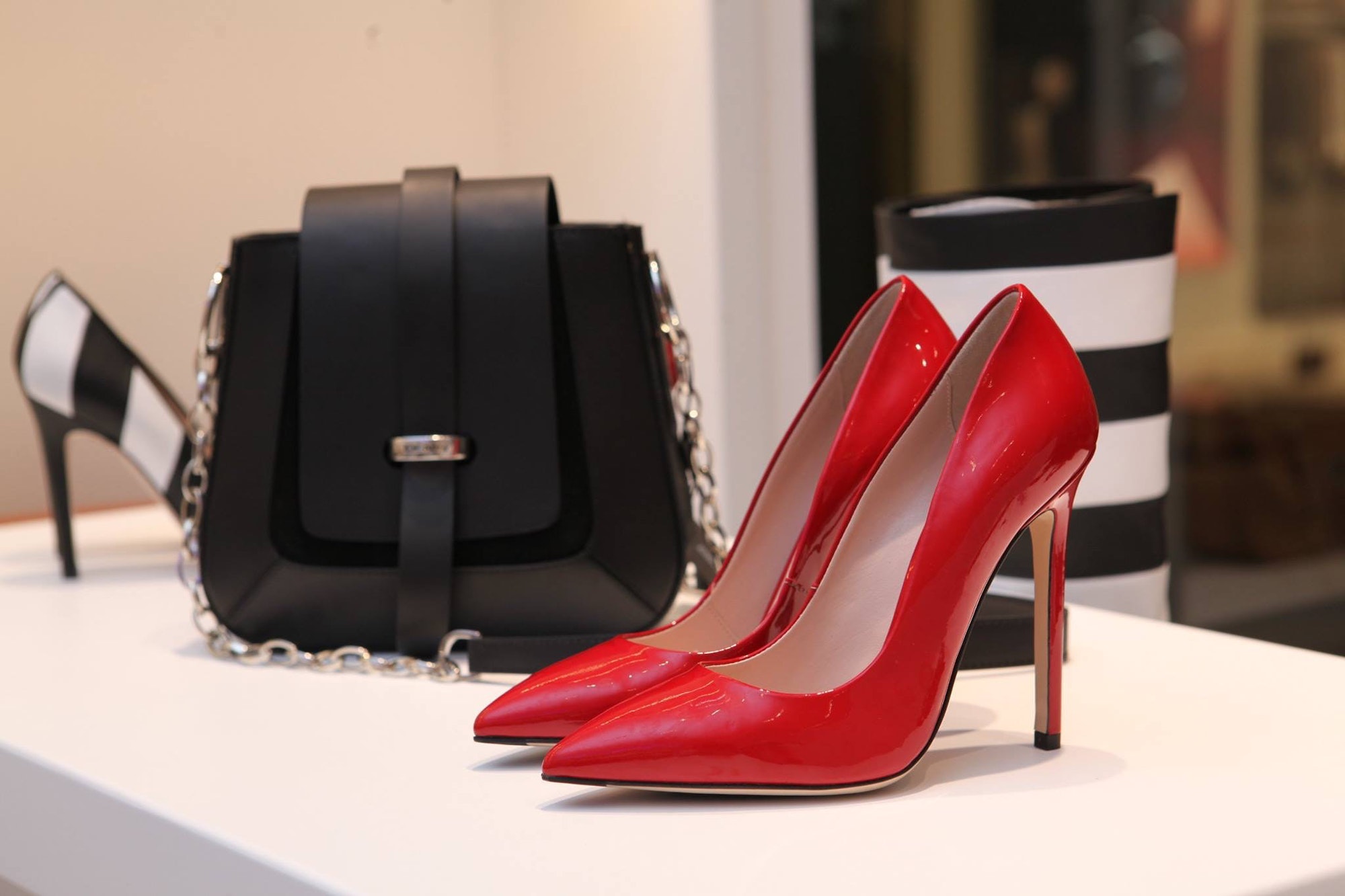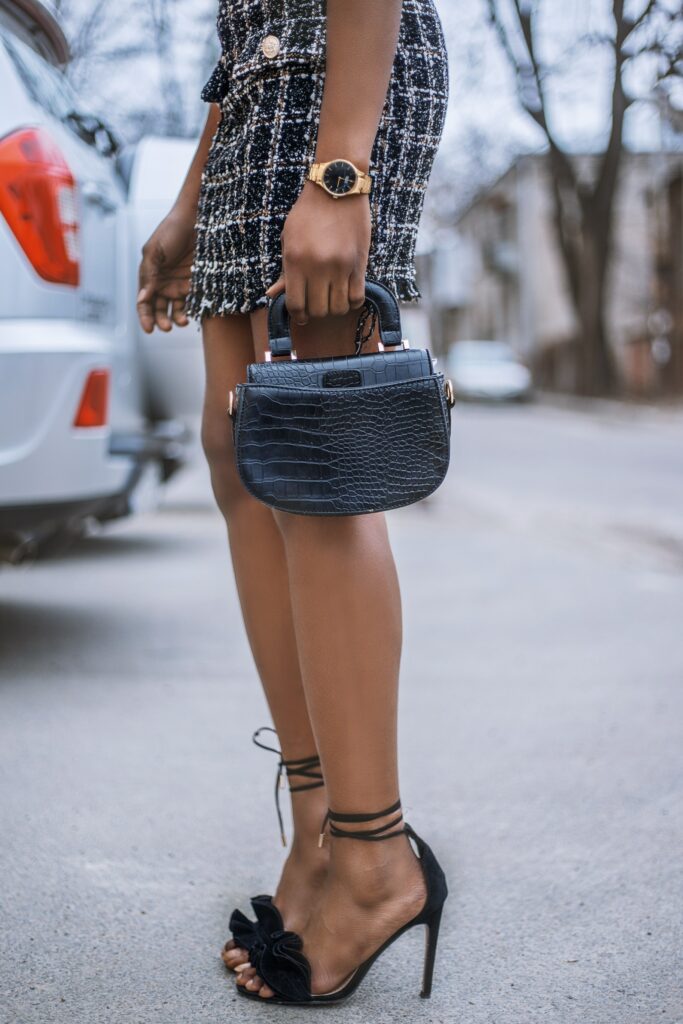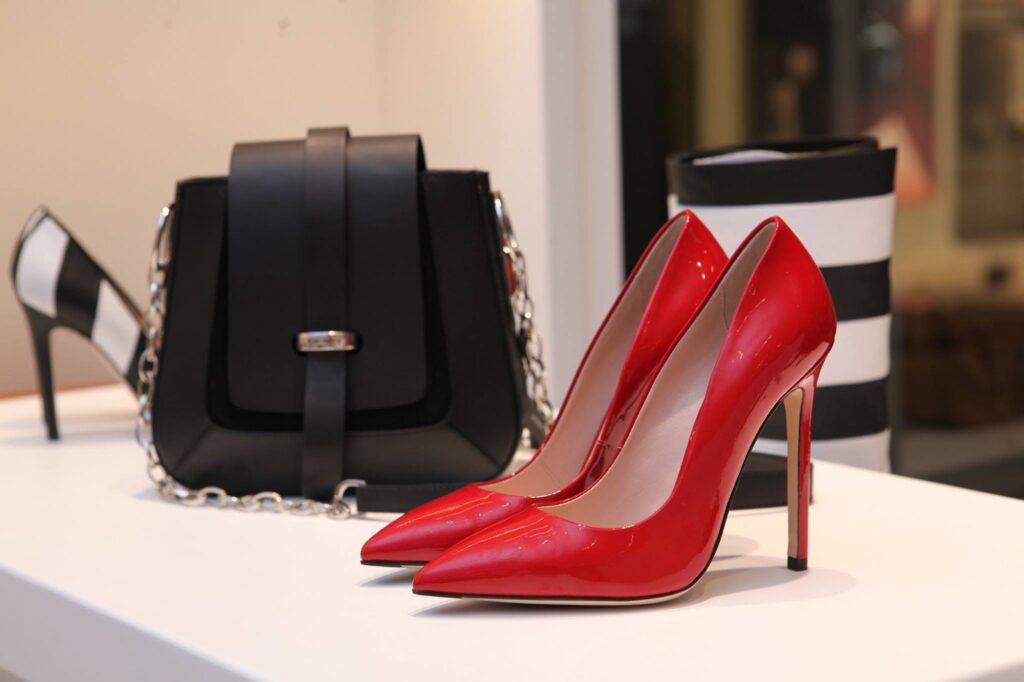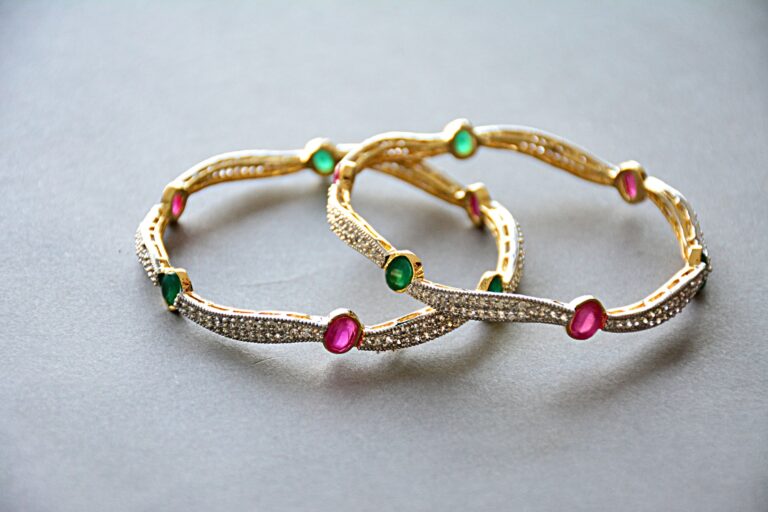Apply These 7 Secret Practices To Choose The Right Shoes For Your Feet
Wearing a good pair of shoes often helps to prevent injuries and to help you feel more confident. Your choice of shoes can impact your entire body, and not only your feet.
Kelsey Gaston, a licensed physical therapist from the University Health Center, shares her advice on choosing the right shoes:
Apply These 7 Secret Practices To Choose The Right Shoes For Your Feet
Choose Shoes With A Solid Foundation
Shoes are meant to ground your body in a similar way to how a foundation works for a house. When a home has been built over a soft, mushy foundation, the home will become off-kilter and wobbly. The same can happen to you when choosing shoes with a soft or squishy base. Test the foundation of a shoe by bending it gently from the toe. If the shoe easily folds, that is an indication that it is too soft. If it has a slight bend, but it remains mostly rigid, then it offers good support.
Make Sure The Shoe Has Arch Support
Some of the trendy shoes such as the Chucks, Vans, and a few others have flat soles. This can start causing pain and discomfort over time. A shoe with an arch will provide support for the bottom of each foot, which provides you with greater stability and balance.
It is also better to go with shoes that come with built-in arches rather than buying inserts. If you have to use inserts, rather avoid buying off-the-shelf from the big-box stores. Instead, visit one of the specialty stores such as the Lincoln Running Company, where they can help you by fitting your foot to choose the correct insole. You can also avail specialized shoes for diabetics if needed.
Choose Shoes With Laces
In most cases, shoes with laces are preferable to slip-ons, since they make sure your foot is in the correct place and provide enhanced support. For example, Birkenstocks sandals may have arches but they don’t provide as much protection when compared to a running shoe or tennis shoe.
Buy For Your Comfort Level And Foot Type
Avoid buying shoes just because you like the color, a friend recommended it, or it is on sale. Choose a shoe that feels comfortable on your foot.
You should first have your feet measured by professionals at a reputable shoe shop to work out the width and size that you need. Remeasure your feet every two to three years since the shape or size of your foot can start to change over the years.
From here you can try out different styles and brands to find the ones that feel comfortable when you put them on. Don’t allow loyalty to one brand to stop you from trying out other options.
As a guide, avoid the shoes that have toe boxes that are narrow and do not offer a minimum of a finger-width gap between the edge of the shoe and your big toe. You also need to walk around when you try on shoes to determine how the shoe feels when your foot is lying flat.
Replace Worn And Old Shoes
Shoes are not supposed to last forever. Throw your shoes out once the texture across the bottom of the shoes has started to wear around the ball or heel of your foot. After you have thrown your shoes away, use this opportunity to experiment with new styles and brands. You may find that your tried-and-true favorites can be swapped out for something new.
Be Intentional When It Comes To High Heels
Heels are well-known for causing stress to the body, particularly when worn for many hours in a day. Whenever possible, choose flats rather than heels. If you have chosen to wear a pair of heels, park closer to a venue so that your walking distance will be shorter. You could also think about wearing walking shoes and then switching them out for your heels once you have reached a venue.
Get Help When You Are Experiencing Pain
The incorrect shoes can result in discomfort and pain in your feet along with your lower back, hips, shins, or calves. If you have started to notice pain in these areas, think about upgrading to a comfortable, properly fitted athletic shoe or tennis shoe. If the pain persists, you should book an appointment with a local physical therapist.










